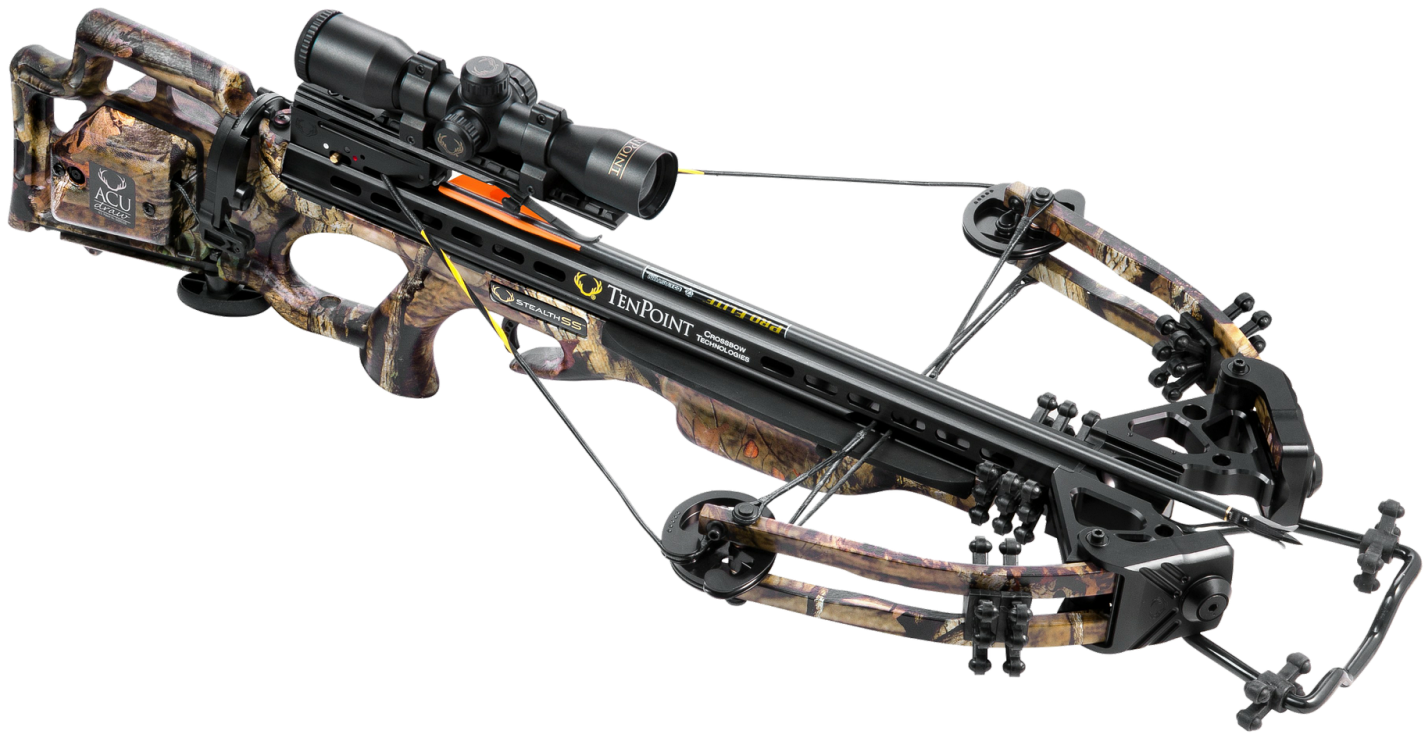Unleashing Power: the Science and Mechanics of a Crossbow Model
by Ithink Academy Robotics Lab in Teachers > 5
604 Views, 1 Favorites, 0 Comments
Unleashing Power: the Science and Mechanics of a Crossbow Model
.png)
A crossbow is a powerful ranged weapon that combines the features of a traditional bow with a unique mechanism for launching projectiles. It consists of a horizontal bow mounted on a stock, allowing the shooter to aim and fire with greater precision and force. Unlike traditional bows, where the archer must continuously draw the string, a crossbow uses a locking mechanism to hold the string in place until the moment of firing. This innovation has made crossbows popular for hunting, sport shooting, and historical reenactments.
A Brief History of the Crossbow
.png)
The origins of the crossbow trace back over 2,500 years to ancient China, where it was first developed as a military weapon. Early versions were often made of wood and utilized simple mechanisms to propel projectiles. The design quickly spread to various cultures, including the Greeks and Romans, who adapted it for their military needs.
By the Middle Ages, crossbows became a staple of European warfare, valued for their ability to pierce armour and deliver deadly force from a distance. Their effectiveness led to widespread use in both hunting and warfare, and they played a crucial role in many historic battles.
Today, crossbows have evolved into advanced sporting equipment, showcasing a blend of historical significance and modern engineering.
The Science Behind a Crossbow

At its core, the science of a crossbow revolves around the principles of physics, particularly energy transfer and mechanics. Here’s how it works:
- Energy Storage: The crossbow stores energy in a stretched rubber band or bowstring. When the shooter pulls back the string, potential energy is created. This energy is proportional to how far the string is pulled back and the stiffness of the rubber band.
- Mechanical Advantage: The design of the crossbow allows for a mechanical advantage. The horizontal setup and stock provide stability, enabling shooters to aim more accurately compared to traditional bows.
- Firing Mechanism: When the shooter is ready to fire, the string is released from a secure notch or trigger mechanism. The potential energy stored in the stretched rubber band is converted into kinetic energy, launching the projectile (usually a bolt or arrow) at high speed.
- Projectile Dynamics: As the projectile is released, it follows a trajectory influenced by gravity and air resistance. The crossbow’s design ensures a straight and powerful flight path, maximizing accuracy and range.
Structure and Mechanics of a Crossbow
.png)

A crossbow consists of several key components:
- Stock: The main body of the crossbow, provides stability and a grip for the shooter.
- Bow: The horizontal component that holds the rubber band or bowstring. This part is responsible for generating the propulsion needed to launch the projectile.
- Trigger Mechanism: A mechanism that holds the string in place until the shooter is ready to fire. It releases the string when triggered, allowing the stored energy to propel the projectile.
- Sight: Aiming aids that help the shooter align the crossbow with the target for improved accuracy.
Conclusion

Building a crossbow model using building parts is not just a fun project; it’s an engaging way to understand the intersection of history, science, and engineering. As you construct and experiment with your crossbow, you’ll gain insights into the mechanics that have made this ancient weapon a fascinating study through the ages. Whether for fun or educational purposes, exploring the world of crossbows will ignite your curiosity and creativity!